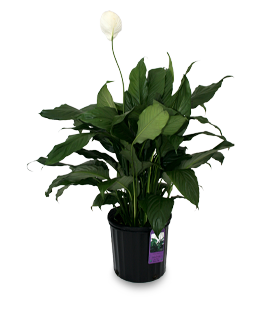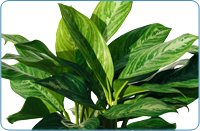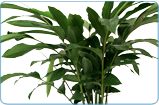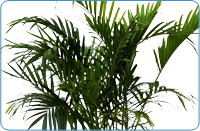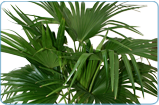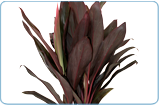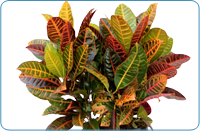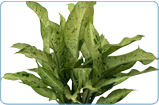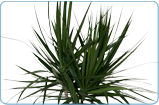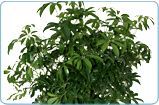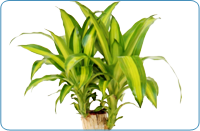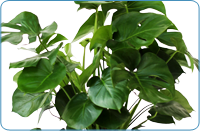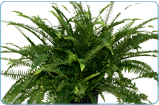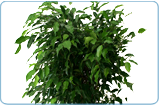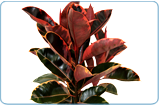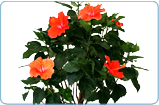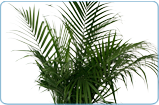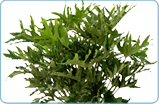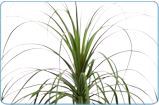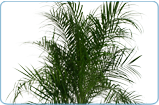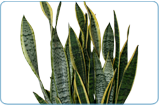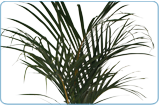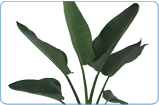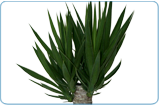Light
Spathiphyllum grows best in low light. This plant will thrive in areas of your home with little or no natural light, such as a bedroom.
Placement
Kitchen, Bathroom,Bedroom, Diningroom, Entry way
Water Habits
Spathiphyllum grows best in moist soil so do not allow the soil to dry in between waterings. Water the soil until it becomes a dark shade of almost black, but not to the point that the water is no longer being soaked by the soil.
Temperature
Ideal Temperature for Spathiphyllum: 40-80°F (4-27°C) Min: 40°F (4°C)
Toxins Removed
Benzene, Formaldehyde, Trichloroethylene, Xylene/Toluene, Acetone, Ammonia, Alcohol
Did You Know ?
This plant is commonly known as the Peace Lily for its white fragrant flower. The Peace Lily’s natural environment is a warm humid tropical rainforest where it is usually shaded by the surrounding vegetation which explains why this plant does very well in low light conditions and requires moist soil.





